Industry
Copywriter for Product Packaging
Persuade Buyers at the Point of Purchase
Need help writing copy for product packaging or labels?
Get a no-obligation quote on your project.
Think Outside the Box
You have a wonderful product, something you’ve likely spent months or years developing. You’re excited about its potential and can’t wait to begin selling it. But first, you need to figure out your product’s packaging.
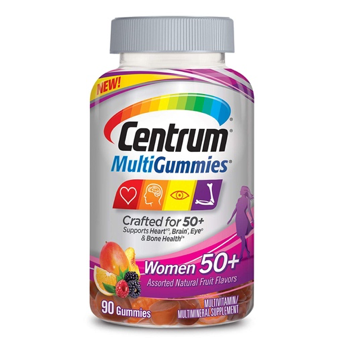
Colors and visuals are critical, but so are messages like who the product is intended for.
The size, shape, colors, logo and more are all important to sales. But so is your brand messaging. A packaging copywriter can help compose the right wording to get your product moving off the shelf.
Packages Are Mini Billboards
Packaging involves reaching potential customers at the point of purchase; that brief moment when they’re considering whether to buy your product or perhaps comparing it to others. The message a packaging copywriter composes must be on-point if you’re to get the sale.
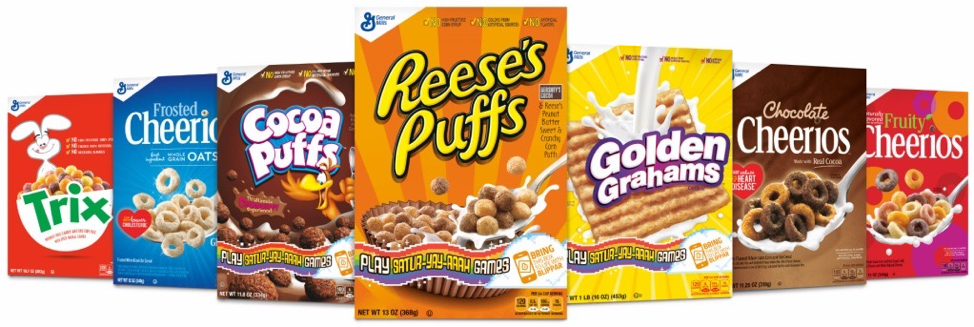
Think of your packages as mini-billboards catching the eye of a passing customer.
Your message must be clear and simple, much like the statements you see on billboards. You only have a couple of seconds to get your point across or the customer’s eyes have moved onto something else. Here’s what it should include:
- Product Name – Written in the form of a logo design
- A Headline or Tagline – Summarizes the product’s top benefit or differentiates it from other products in the category
- Bullet Points – Provides secondary benefits or important features
- Short Paragraph(s) – Additional facts to help the customer understand the purpose of the product, how it should be used and who should use it as well as assurance they’re making the right choice
Leave Space For…
In addition to written copy, you’ll have other items on your packaging. The size of those items may dictate how much space you have for text. They include:
- Images – Photos are eye-catching, can show the product in use or the results of its use, and also help to break up the text.
- Required Marks – Depending on the type of product or industry, you may need to include a barcode, nutrition information, warnings, quantity or size, and credibility builders like “Recommended by doctors” or “100% organic ingredients”
- Changeable Content – This probably won’t be printed on the packaging but you do need to leave space for items such as pricing, batch numbers and expiration dates
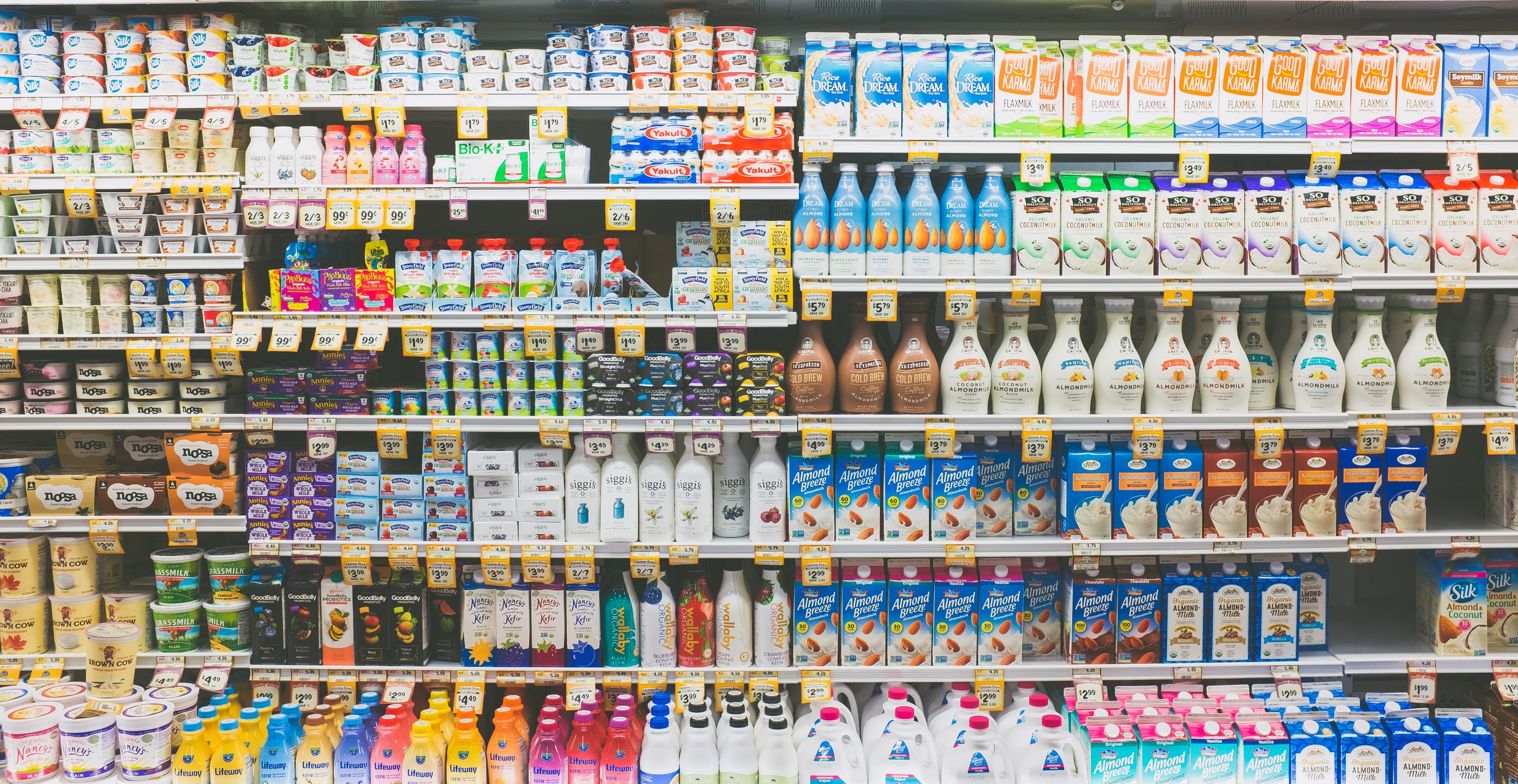
On a store’s shelf, thousands of products compete for customer attention. Make sure your packaging helps you stand out.
Packaging Layers
Products can have layers of packaging. Most people think of packaging as the box the toy comes in, the label on the shampoo bottle or the jar that contains the spaghetti sauce. However, your product may have outer packaging too, which also offers opportunities to display your logo and some compelling copy.
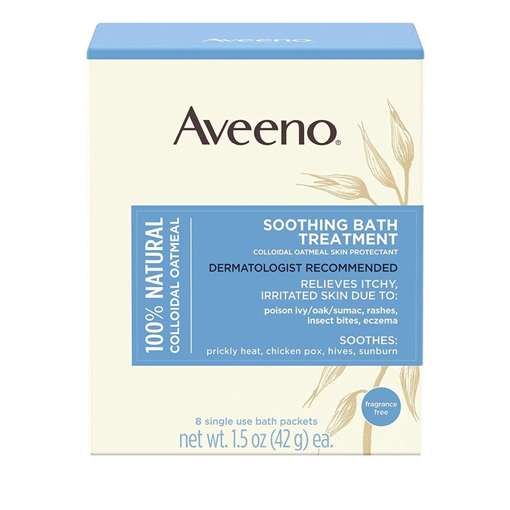
Often packaging isn’t limited to the item itself; it also involves the outer box or container.
Give careful thought to every layer of packaging, optimizing each one individually but also contributing to the whole picture. They all play a role in building your brand image and generating repeat business.
Consider These Questions
As you or your product copywriter craft the messages to include on your packaging, think about the following questions:
• What will the customer likely see first?
• How much of the packaging will be visible?
• How will the packaging look in a display with multiple items?
• How will it compare with competitor products nearby?
• What benefits can you tout that will capture the customer’s attention and ultimately the sale?
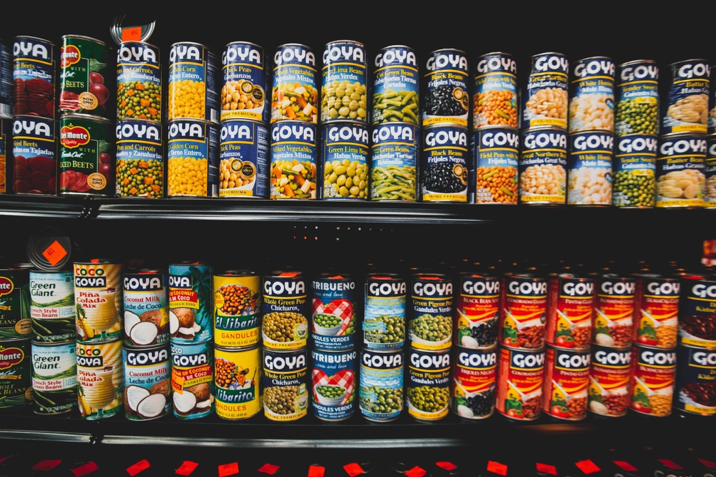
Imagine how your product’s package will be seen on shelves by the customer.
View Your Packaging from Every Side
The typical box is essentially a cube with six panels – front, back, top bottom, left and right. Obviously, give the most attention to the front panel, as that’s most likely to be facing out toward the customer. The copy should get right to the point.
But boxes do get picked up, so make every panel count with relevant information that can stand on its own as well as work in concert with the other panels.
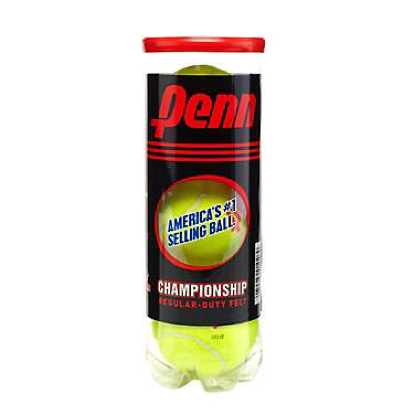
Transparent packaging means straightforward copy and a peek at the items inside.
Be transparent with your copy by providing pertinent information and also, when possible, by providing a glimpse of what’s inside the package. Transparency, whether it’s a small window or a fully transparent package, goes a long way toward reassuring shoppers they’re getting what they want.
Write to the Customer
When drafting your packaging copy, focus on benefits. Why should someone choose your product?
Be sure you’re speaking directly to your prospects. Tell them what the product will do for them,. So, rather than, “Our product will give you a burst of energy,” try “Feel energized!” Avoid statements that include the words “our” or “we.” Every word you write should be all about “you.”
Also, write to the individual, not the masses. So, rather than, “Many people feel more energetic minutes after taking,” try “Feel energized in minutes!”
Build Your Brand for the Future
When you write the copy for your product packaging, think about whether you will have additional products under the same brand. What elements will appear on all items in the product family? Will those elements appear in the same places on the packaging?

Planning a family? Give all the product packages a similar look and text.
Establish a consistent style of design and writing. Is your product upscale and elegant or is it fun and trendy? Every aspect of your packaging should come together to create the right image.
Packaging and Labeling Law Requirements
While most packaging copywriters have some knowledge of what’s acceptable and expected, you don’t want to leave critical legal decisions to anyone other than a lawyer.
Depending on the type of product you’re selling, you may need to include disclaimers, copyright symbols and statements, risks, instructions or more.

Have an attorney approve your product packaging before going into mass production.
A packaging lawyer can advise you on:
- Compliance
- Enforcement Actions
- Customer Assurance Statements
- Claims Made on Labels
- Regulatory Clearance
- Federal and Local Legislation
- Guarantees and Warrantees
- Product Liability Issues
In today’s litigious society, it’s easy to get sued if something goes wrong with a product, particularly if it results in an injury or worse. Investing in legal advice up front and having the lawyer review the final packaging for your product may be the best protection you can get; it’s not a corner you want to cut.
Packaging Copywriter
You know how important the packaging is to your product. Don’t treat it as an afterthought. Give it the time and attention it deserves.

Invest in professional packaging copy and get a significant ROI via the sales it generates.
Work with a professional copywriter who is creative and knowledgeable, someone who can set you up for success and craft wording that will resonate with your prospective customer.
Investing in quality copy for your product packaging could be the difference between seeing so-so sales and achieving the level of market domination you dream about.
* * *
Need help writing copy for product packaging or labels?
Get a no-obligation quote on your project.
